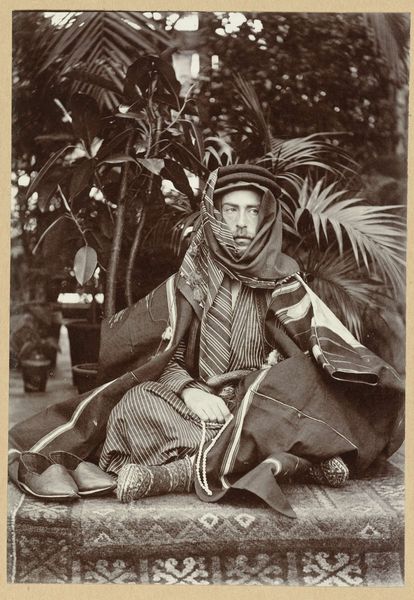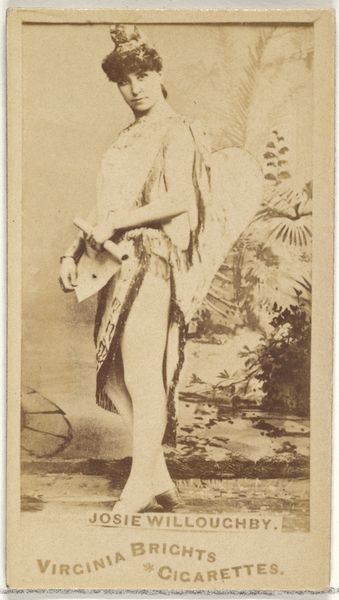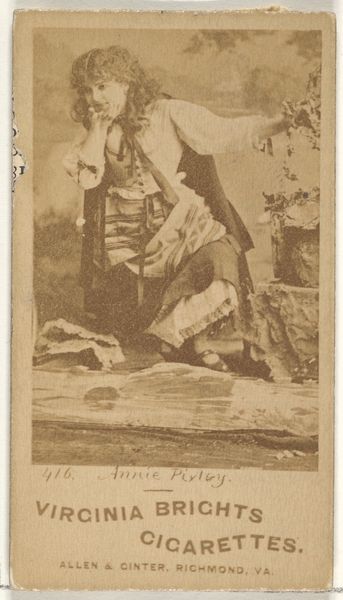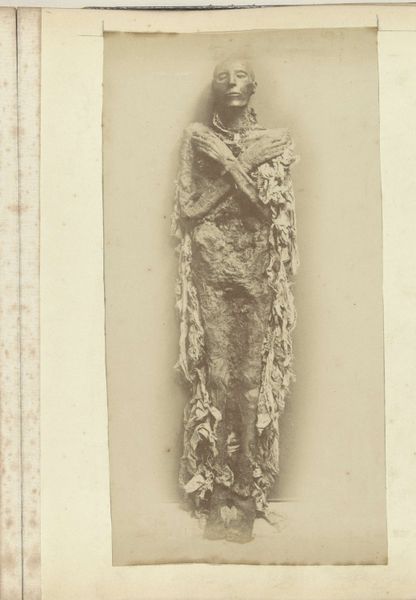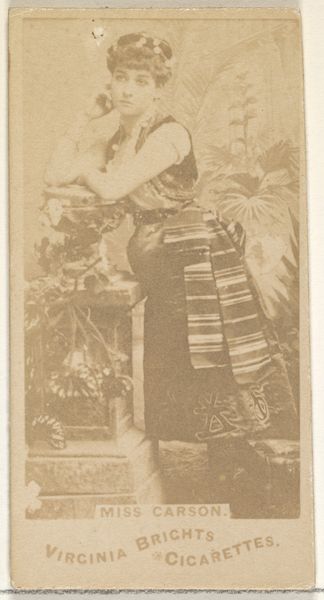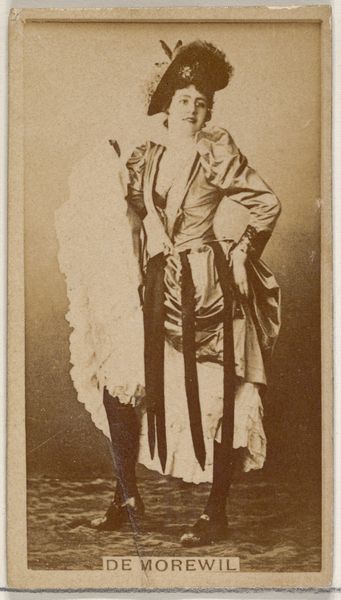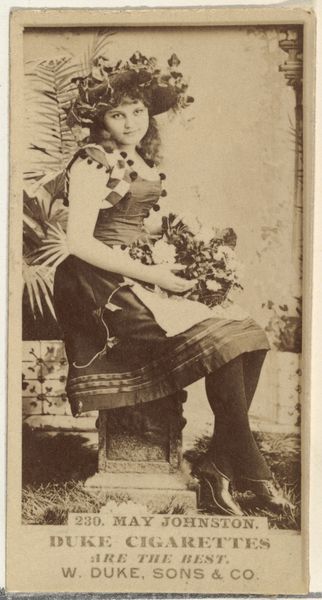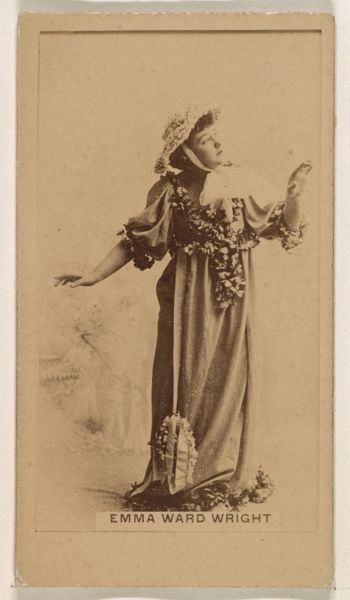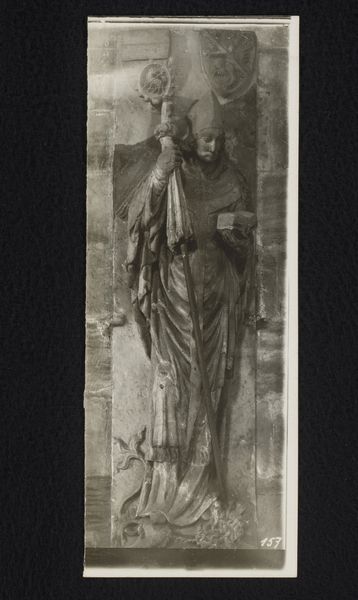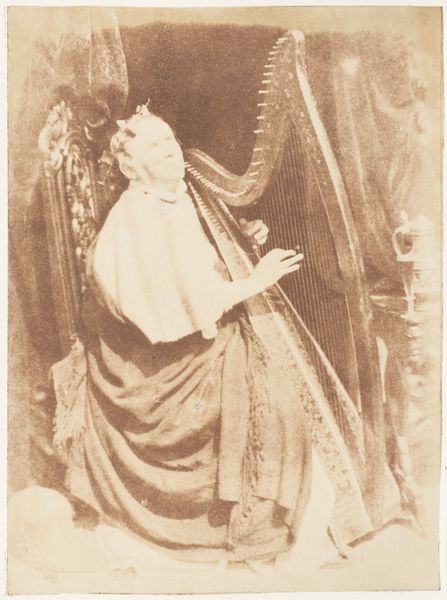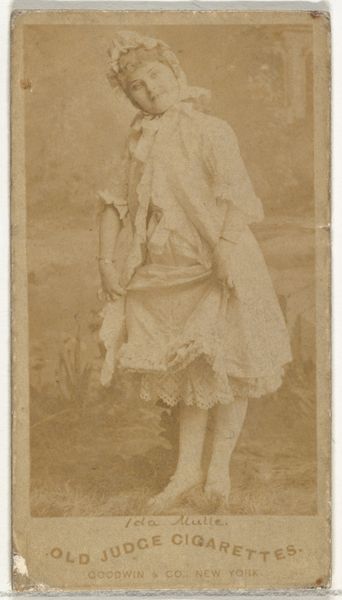
photography
#
portrait
#
photography
#
historical photography
#
orientalism
#
symbolism
Dimensions: height 157 mm, width 108 mm, height 469 mm, width 558 mm
Copyright: Rijks Museum: Open Domain
Editor: This is "Self-Portrait in 'Oriental' Costume" from around 1900-1910, taken by Mr. L. de Bruyn. It’s a sepia photograph. He's really committed to this exotic persona! What symbols jump out at you in this piece? Curator: The costume itself is a loaded symbol. In this era, "Orientalism" wasn't just about clothing; it represented a whole set of European ideas – often fantasies – about the East. Consider the photograph as a cultural artifact; how might De Bruyn be signaling something about his identity or aspirations? Editor: I see. So, it's less about literal representation and more about... performance? What about the setting – that greenhouse, all those leafy plants? Curator: Ah, the setting is key. Notice the controlled, artificial nature of that greenery. It hints at a contained "exoticism," a carefully constructed world. The photograph becomes a symbolic garden, a place where De Bruyn can cultivate a particular image of himself and the "Orient" he's evoking. Do you think he succeeds? Editor: I’m not sure. It feels a bit staged, even… I guess… inauthentic? Curator: Exactly. That feeling of inauthenticity reveals the artificiality inherent in such projections and perhaps points to the limitations of “Orientalist” tropes, which reveal less about the subject, more about the aspirations of the artist. This picture is more a mirror for the artist than window. Editor: I hadn't considered it as a constructed fantasy like that. It's fascinating how many layers are packed into what looks like a simple photograph. Curator: Indeed. Symbols often conceal as much as they reveal. Considering photography of the era reveals so much of European fantasy of that time, beyond the artist's personal goals.
Comments
No comments
Be the first to comment and join the conversation on the ultimate creative platform.
